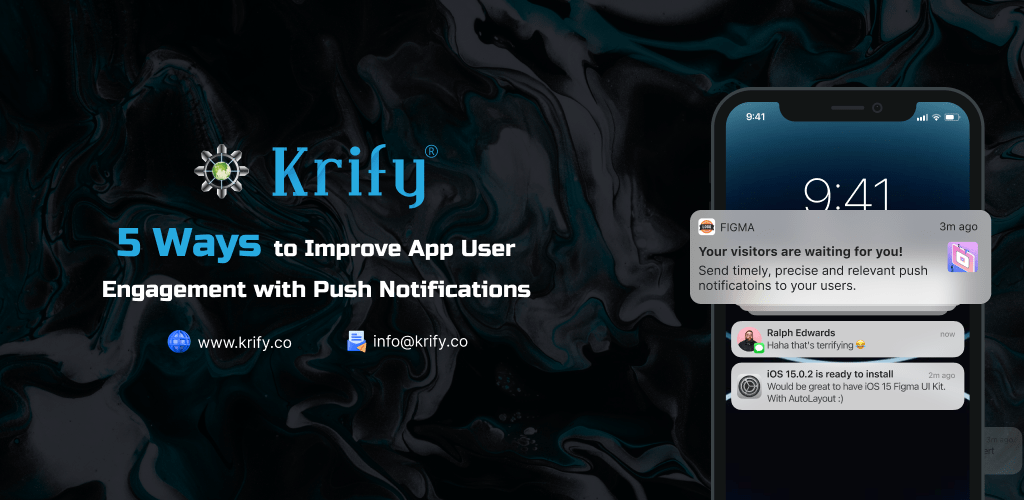Push notifications are powerful tools for keeping your audience engaged, driving retention, and encouraging frequent app use. However, sending the wrong message at the wrong time can have the opposite effect—leading to user frustration and even app uninstalls. To strike the right balance, you need a strategic approach. In this post, we’ll walk you through five effective ways to boost app user engagement with well-planned push notifications.
1. Personalize Messages Based on User Behavior
Personalization is key to capturing your users’ attention. When users feel that notifications are tailored to their interests and behavior, they are more likely to engage.
– How to do it:
Use data such as previous purchases, browsing history, or time spent in-app to send relevant notifications. For example, a food delivery app can remind users of their favorite meals during lunchtime.
– Result:
Personalized notifications show users that your app understands their needs, making interactions feel meaningful.
2. Optimize the Timing
Even the best message can fall flat if sent at the wrong time. Users are more likely to engage with notifications when they fit naturally into their day.
– How to do it:
Identify peak usage times through analytics and schedule notifications accordingly. A fitness app, for instance, could nudge users with workout reminders in the morning or after work hours.
– Pro Tip:
Implement local time zone delivery to ensure notifications arrive when your audience is awake, no matter where they are.
3. Segment Your Audience for Targeted Messages
Not every message will be relevant to all users. Segmentation helps you send notifications to the right audience, reducing the chances of opt-outs.
– How to do it:
Group users based on demographics, preferences, or activity levels. For example, an e-commerce app might send discount alerts to frequent shoppers and cart abandonment reminders to inactive users.
– Benefit:
With segmentation, users receive only what matters to them, which keeps engagement high.
4. Incorporate Rich Media and Interactive Elements
Static text notifications work, but interactive notifications go the extra mile in grabbing attention. Including media or actions within your notifications encourages users to engage directly.
– How to do it:
Add images, videos, emojis, or buttons that allow users to respond without opening the app. For instance, a streaming app can send a notification with a “Watch Now” button for new releases.
– Why it works:
Rich media makes notifications visually appealing and interactive buttons offer a frictionless way to engage.
5. A/B Test to Discover What Works Best
To continuously improve user engagement, testing is essential. A/B testing allows you to experiment with different notification elements to see what resonates most with your audience.
– How to do it:
Test variables like message length, tone, CTA (call to action), and timing. Analyze the results to identify which versions perform best.
– Outcome:
A data-driven approach helps you refine your messaging strategy over time, ensuring that each notification adds value.
Conclusion
Push notifications, when used strategically, can significantly enhance user engagement and app retention. Personalizing messages, optimizing timing, targeting segments, leveraging rich media, and A/B testing are five proven ways to ensure your notifications strike the right chord with your users.
At Krify, we specialize in building and optimizing mobile apps with effective notification strategies. By focusing on relevance and value, your app can keep users connected, engaged, and eager to return. Start refining your notification strategy today and watch your engagement rates soar!
Similar Blogs:
How to Increase App Engagement using Mobile Push Notification
How Do Push Notifications Influence Sales for Online Businesses?


